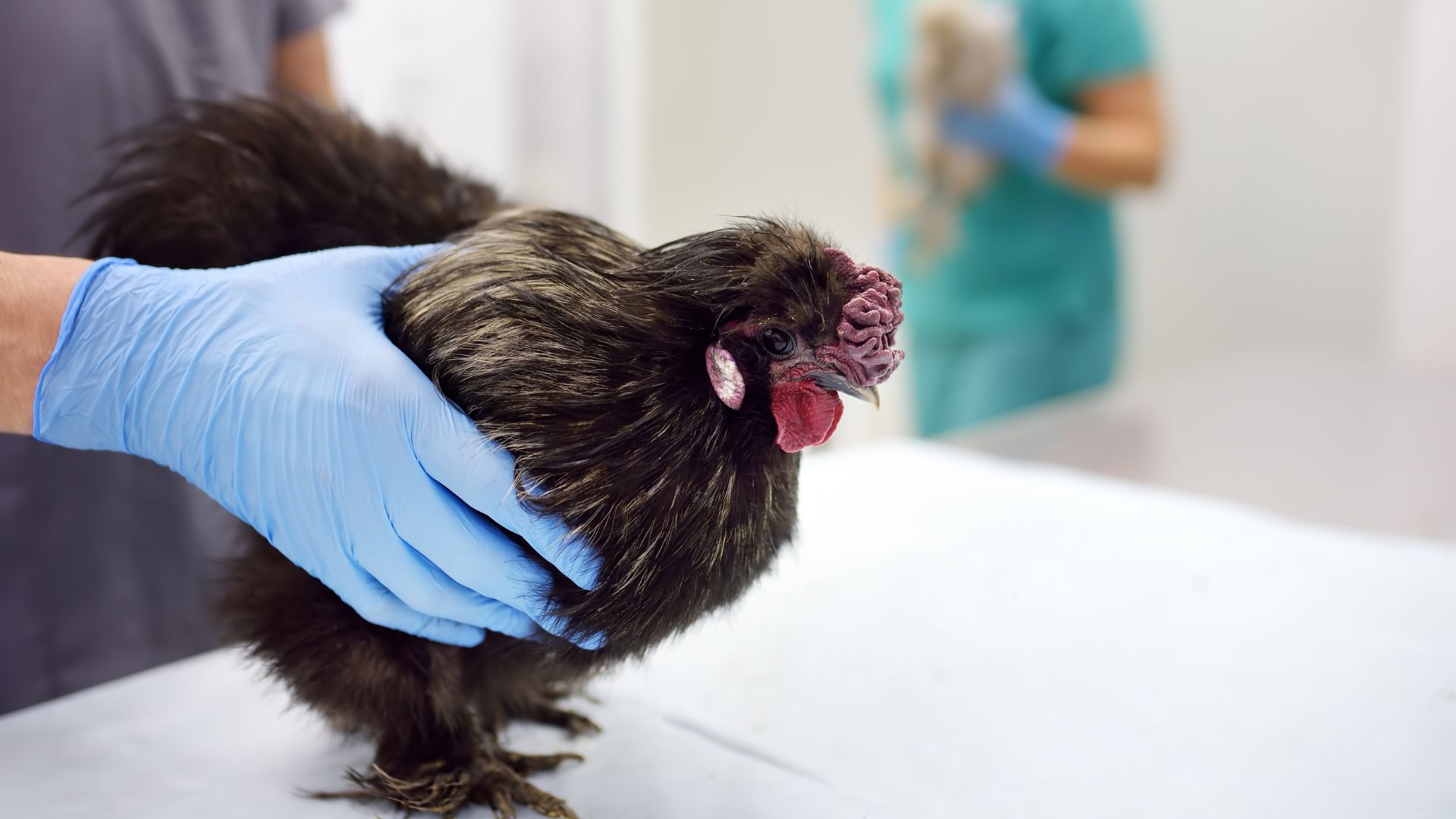What if avian H5N1 starts spreading from human to human?
The reported number of infections in the Unites States is going up, while surveillance reporting infrastructure is going down. What we do know: ten months after the discovery that a virus usually carried by wild birds can infect cows, at least 68 people in North America have become ill from the pathogen, and one person has died.
There are now two main variants of H5N1 circulating: B3.13 is spreading mainly in cows, while D1.1 is found mostly in wild and domesticated birds, including chickens raised for poultry. Currently, at least 40 people have been infected by sick cows in North America, mostly having mild respiratory illness and conjunctivitis. At least 24 people have become ill after exposure to sick birds, and two of these infections caused by D1.1 were severe — one person was in hospital for months and the other died (Nature).
If not for the vivid memory of a recent pandemic, all alarm bells would be ringing loud now. But they don’t; a clear sign of pandemic paralysis. Pandemic preparedness includes many other things: optimising surveillance and testing, curtailing spread, and having clinical trials ongoing to determine best treatment.
At Ecraid we’re involved in the latter. Our “warm base” clinical trial network is now busy with three adaptive platform studies that can immediately start enrolling patients with aH5N1 influenza.
In January, 228 patients were enrolled in REMAP-CAP: 65% from Europe (including UK), more than 50% had influenza and almost all were in ICU. Globally, close to 500 patients have been randomised to oseltamivir, baloxavir, alone or in combination, or to no antiviral treatment for influenza. In addition, patients with influenza can be randomised to corticosteroid treatment or not.
Since last year, Ecraid has been collaborating with Oxford University on rolling out the RECOVERY trial in five European countries, with now 14 study sites enrolling patients hospitalised with influenza. Patients can be randomised to oseltamivir or no antiviral treatment, and to corticosteroids or not. Ninety-one patients have been enrolled so far, and the number of sites will grow to 63 in the coming months.
ECRAID-Prime, meanwhile, enrols patients with Acute Respiratory Infections in primary care. Quiet a challenge to do; yet the network is built upon highly motivated and skilled GP practices in seven countries (soon to be eight). Patients are randomised for different nasal sprays targeting viral infections, and as of now 232 patients have been enrolled.
These studies will give us long-awaited answers on how to best treat patients hospitalised with influenza or visiting their GP with Acute Respiratory Infection. They also demonstrate the strength of and need for active international collaboration. Where isolationism seems the global trend, our patients are best served by cross-border scientific collaboration. The COVID-19 pandemic proved that.

